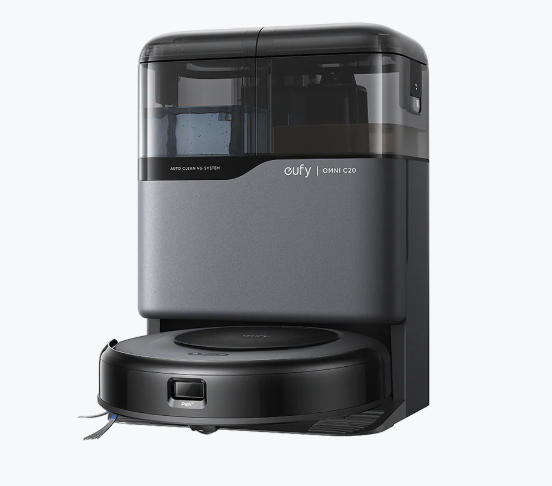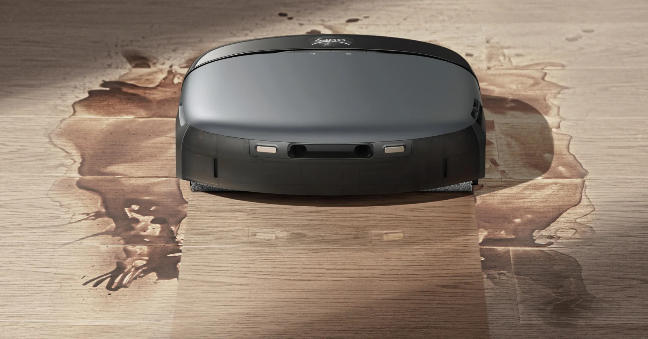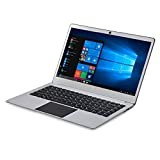Can Robot Vacuums Reduce Pet Allergies in Your Home?
Allergies can turn the joy of living with pets into a daily struggle, especially when sneezing, watery eyes, and congestion interfere with comfort at home. Pet dander, hair, and microscopic skin flakes often settle on floors and surfaces, spreading through foot traffic and clinging to furniture. Traditional cleaning methods help, but they can be time-consuming and inconsistent, leaving allergens behind. Robot vacuums offer a modern solution, promising to lighten the load and make regular cleaning less of a burden. In this article, we will explore how robot vacuums can reduce pet allergens, how to use them effectively, and what limitations to keep in mind.

How Robot Vacuums Target Pet Allergy Triggers
Continuous Removal of Dander and Hair from Floors
Pet allergens tend to build up quickly, especially in households where animals shed heavily or move freely across multiple rooms. Robot vacuums provide consistent cleaning by automatically collecting fur, dander, and dust before they accumulate in large amounts. Unlike occasional sweeping or vacuuming, their frequent runs mean allergens stay at a more manageable level throughout the day. This steady approach makes a noticeable difference for sensitive individuals who feel symptoms even from small amounts of exposure. Over time, continuous removal reduces the overall allergen load on your living environment.
High-Efficiency Filtration Systems Trapping Micro-Particles
Modern robot vacuums often include advanced filtration systems capable of capturing tiny particles that trigger allergic reactions. These high-efficiency filters are designed to trap fine dander and dust, preventing them from being released back into the air. For allergy sufferers, this feature provides an added layer of protection that standard sweeping can’t match. Even though the filters are compact, their ability to reduce airborne irritants is significant. By focusing not just on visible hair but also on microscopic allergens, the robot becomes more effective in creating a healthier indoor atmosphere.

Optimizing Scheduling for Allergy Management
Daily Automated Cleaning to Prevent Allergen Buildup
One of the strongest advantages of a robot vacuum is the ability to schedule daily cleanings without extra effort. Allergens don’t wait for weekly chores to pile up; they collect steadily every day as pets shed and move around. Running your robot consistently ensures allergens are cleared before they become overwhelming. This frequent routine helps allergy sufferers feel more comfortable, especially during peak shedding seasons. A daily schedule builds a reliable foundation for keeping allergen exposure lower.
Strategic Timing When Household Activity Is Low
The timing of cleaning sessions also influences how effective the results will be for allergy management. Scheduling the robot to run when fewer people are at home or when activity is minimal allows it to reach more spaces without interruption. This prevents allergens from being stirred up again immediately after cleaning. For example, early mornings after everyone has left for work or mid-afternoon lulls can be ideal. Strategic timing ensures that allergen removal coincides with the quietest moments of the day, leaving fresher air for when the household becomes active again.
Limitations and Complementary Strategies
Addressing Airborne vs. Settled Allergens
While robot vacuums do an excellent job handling allergens that settle on floors, they cannot fully eliminate those that remain suspended in the air. Activities like pet grooming, play, or even walking across carpeted areas can lift dander into circulation. This limitation means that while robot vacuums are highly useful, they cannot act as a complete solution on their own. Allergy sufferers may still notice symptoms triggered by particles floating in the air even after the floor has been cleaned. Recognizing this distinction helps set realistic expectations about the scope of relief a robot vacuum can provide.
Combining with Air Purifiers and Manual Deep Cleaning
For the best results, robot vacuums should be paired with other cleaning strategies to create a comprehensive allergy management plan. Using air purifiers in common areas can help reduce airborne particles that robots cannot capture. Manual deep cleaning, such as vacuuming upholstery or washing fabrics, further eliminates hidden sources of allergens. Together, these methods complement the daily assistance of the robot, tackling both surface and airborne triggers. By blending automation with occasional hands-on care, households achieve a cleaner, more comfortable living space for everyone.
Conclusion
Robot vacuums are not a cure for pet allergies, but they provide significant relief when used consistently and strategically. Their ability to remove dander and hair while filtering fine particles makes them valuable allies in reducing exposure at ground level. Like eufy’s robot cleaner wet dry intelligent, which has helped many pet owners manage cleaning demands more smoothly, the right technology can amplify these benefits. It is important to remember that no single tool can eliminate allergens entirely, but thoughtful use of automation alongside complementary methods creates the strongest results. With patience and routine, robot vacuums become a reliable part of maintaining a healthier, more allergy-friendly home.









